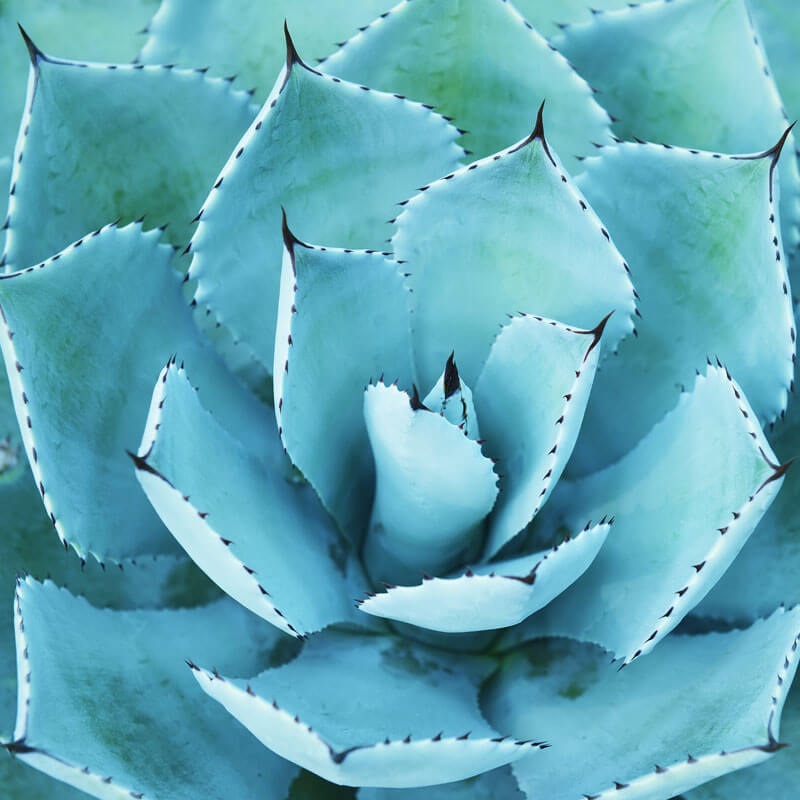From an ancestral plant to the distillation of Mezcal
The Maguey or agave has always been one of the most important plants for centuries in Mexico. In ancient times, this plant was known in Nahuatl by the Mexicas as ‘Metl,’ and the word ‘Maguey’ was the name that the Spaniards attributed to all similar plants (such as aloe), in the 16th century.
However, in pre-Hispanic times this plant was called: ‘The tree of wonders.’ Due to the importance it had for some rituals for the benefits: it provided in food (flowers, drink, seasoning), fibers (ixtle), medicine (juice of the leaves, stem), construction (quiote*, leaves), as the most important.
*The Maguey gives a flower from its center, and what comes out is called a stalk or high stick, which is called a quiote.
It is known that before the Spanish conquest of the Aztec Empire, some populations were already preparing some type of alcoholic beverage with this plant. However, with the arrival of the Spaniards, the distillation process began to be used. This process was a legacy of the Arabs, brought in the 16th century.
The consumption of Mezcal spread practically throughout the country due to the number of species of agaves that exist in the territory; Oaxaca being the most important for the amount of agaves it owns.
At Mezcal Cómplice we are aware of the overexploitation of Maguey, due to the ‘boom’ that Mezcal has had in recent years. For this reason, we maintain an artisan process, taking care of the cultivation and using only mature agaves, to maintain a balance with the nature and protection of agaves.



